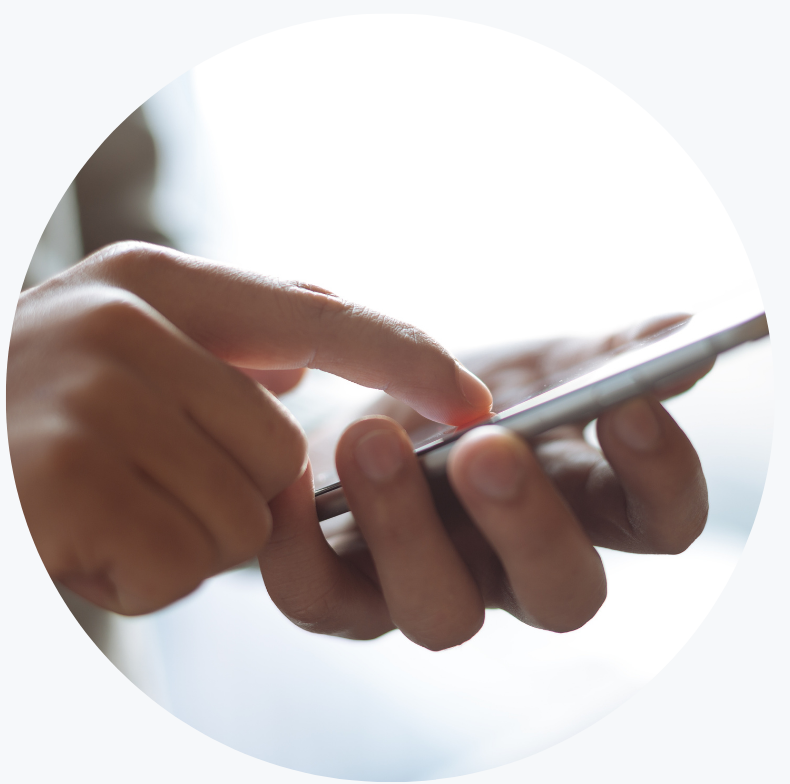Over the last few months I’ve been talking to people about our telehealth research. Sometimes they say, “But what do you mean when you say telehealth?” I’ve been doing telehealth research for so long that I forget I’m using jargon that isn’t commonly used other than in health services.
Let’s have a crack at describing this concept.
A few decades ago it was easy to define telehealth – it’s care delivered at a distance using information technology (IT).
The simplest form of telehealth is the phone. This could involve a brief follow up discussion with your doctor. Or, in a more dramatic way, it could be one doctor advising another over the phone on what to do next with a patient who needs urgent specialist care.
There were more sophisticated ways to do ‘old school’ telehealth. If you had a computer and it was joined to another computer which, for example, had video technology installed, then two people over a distance could communicate with one another. A typical example of telehealth a few decades ago was psychiatry clinics where a psychiatrist would have a discussion with a patient via video. The video quality wasn’t very good, and at times the connection dipped out, but we still used it because people with mental health issues could get services from the few psychiatrists who were available.
These days telehealth is the same and different. Here are three ways in which it’s different.
- We don’t need a special room for special technology, other than for privacy purposes. People carry the tech on their phones wherever they are, or they can do it at home on their desktop computer, or drop into centre where they can access a computer. These days most of us can use all sorts of readily available apps on our phones, e.g. Whatsapp and Messenger (and many others), to have phone and video conversations. Zoom is becoming very popular and for those not using Zoom, Skype and similar technologies are available.
- Telehealth doesn’t have to make use of video calls. The simplest way to do telehealth is via SMS (texting) on your phone, either with brief messages you and your doctor/nurse send one another, or via mhealth programmes. People can wear sensors or devices, such as smart watches, of their own choice and link up with their doctors, nurses or allied health professionals. We can send or receive photos to or from our doctor, nurse, midwife or allied healthcare professional. You can have a set of medical measurement tools at home, e.g. blood pressure machine, ECG tool, or weighing scales, and have the information sent to your doctor or nurse via software that analyses the results and sends them on the Internet. If you have signed up to a patient portal, you are using a form of telehealth.
- Software analyses the data we collect and makes the results available to our doctor, nurse, midwife or allied healthcare professional. Of course, you have to be connected to the Internet and the software programme (which could be on your phone, via a sensor/device you’re wearing) so that your data can be analysed and sent on to your treating clinician.
How do you know you’re doing telehealth? If you’re not in the same place as your doctor, nurse, midwife or allied healthcare professional, and you’re interacting with them via information technology, you’re probably doing telehealth.
For our research, we’re interested in how people have been using video and the phone to receive care since the first lockdown in April 2020. You could have been sent a link via email or a text to use secure video on your phone, tablet or computer. Or you could have been simply talking on the phone with your GP or practice nurse or nurse practitioner. It’s this experience that we’re interested in finding out more about in our research.
#telehealth #telemedicine #research #covid19 #lockdown #health #survey #questionnaire #generalpractice #digitalhealth #virtualhealth #GP #Aucklandlockdown3 #NZlockdown2 #videodoctor #phonedoctor #videonurse #phonenurse

Leave a comment